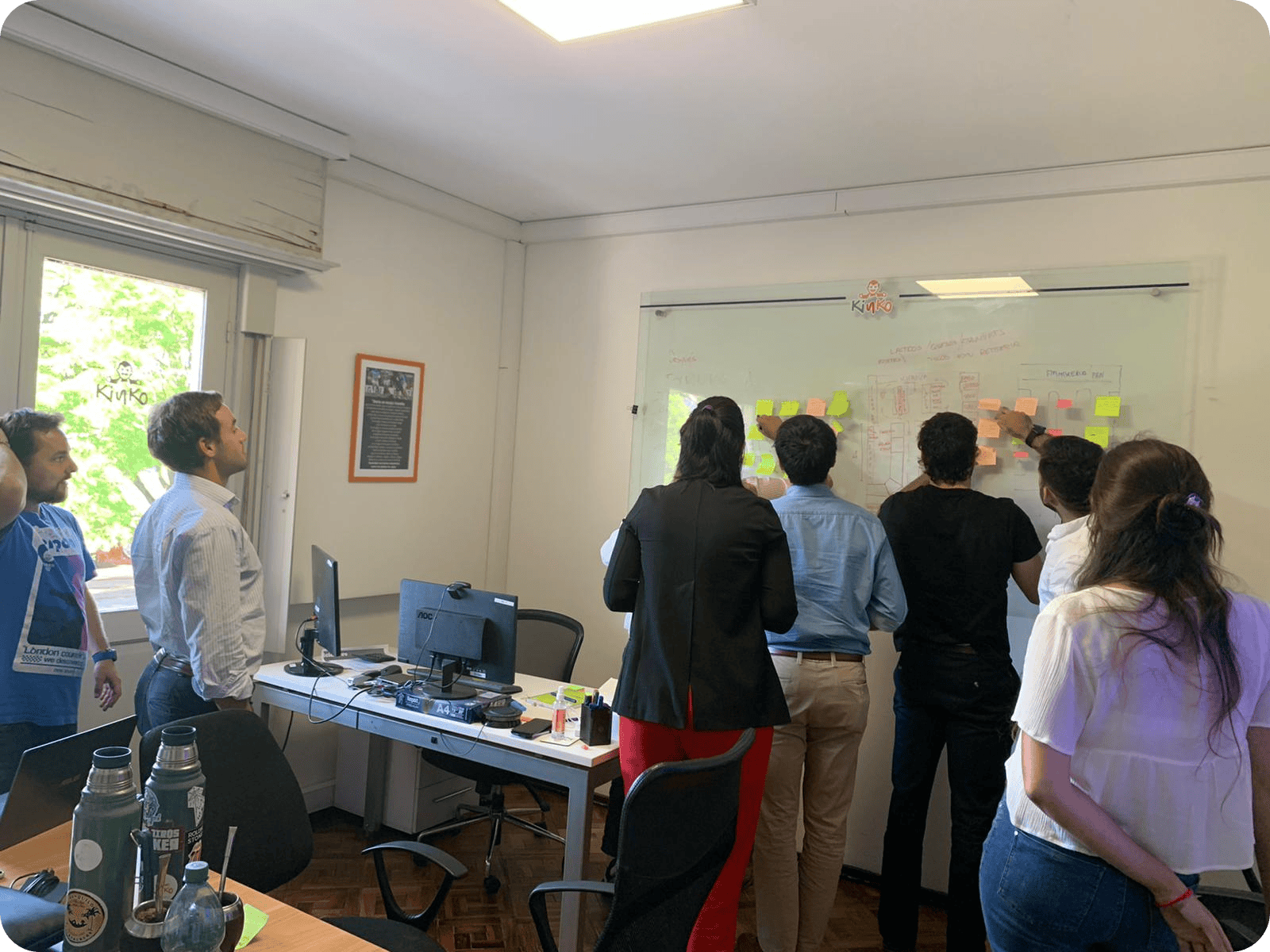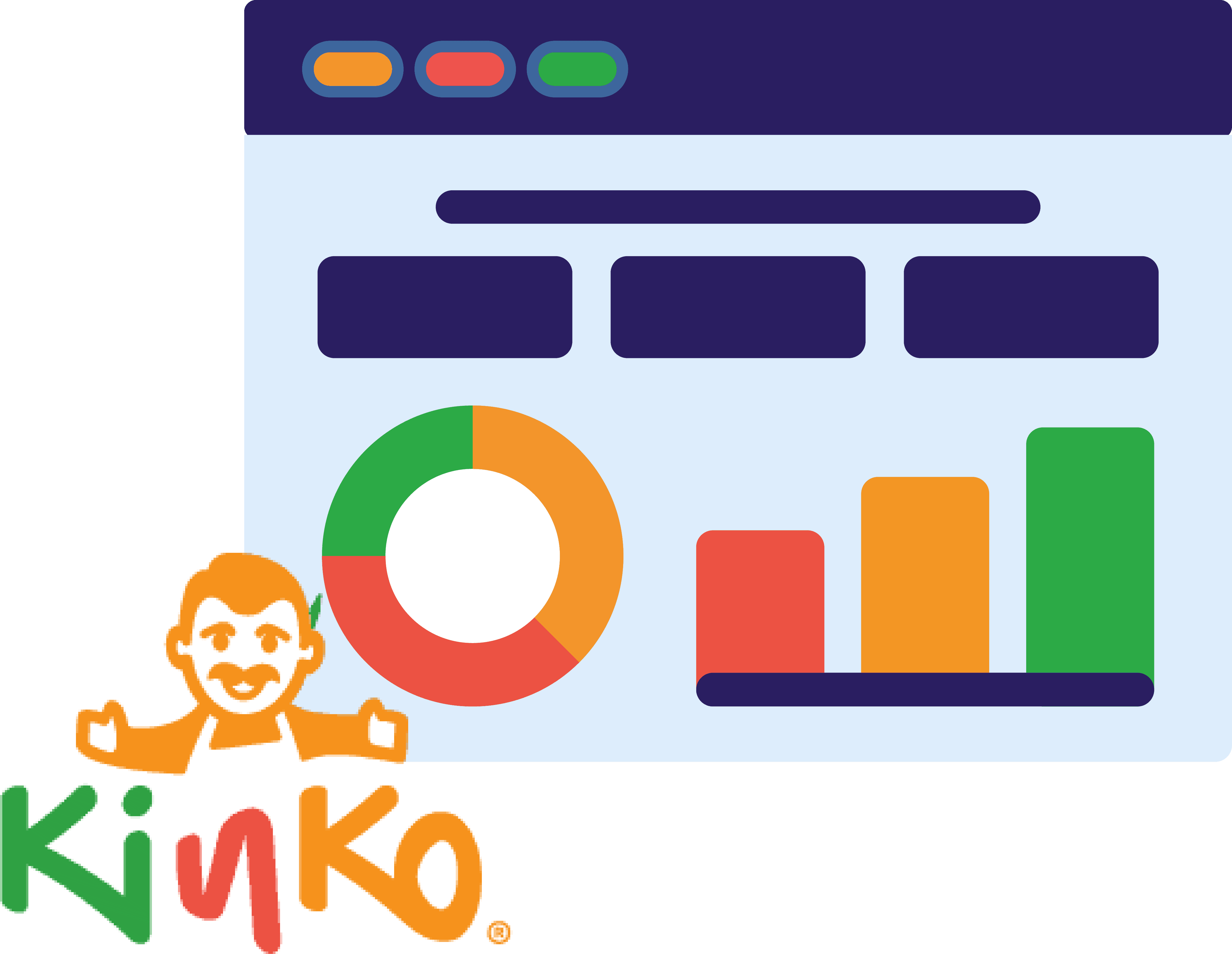
Challenges
- Data acquisition: The data from the premises was obtained once a day, uploaded to the ERP-OPUS system during the early hours of the morning, without the possibility of real-time visualization.
- Data visualization: Lack of dashboards to visualize trends, identify bottlenecks, KPIs, etc.
- Operations: Need to create an IT department.
- Administration: Manual process of supplier shipments and invoices.
- Human Resources: Need to promote a digital culture within the company.
- Commercial: Lack of notifications to identify deviations and monitor campaigns in real time.
- CEO: Need to understand customer behavior in real time.

Implemented Solutions
- Data Lake: Creation of a single repository to obtain critical business information in real time.
- Reporting: Development of a series of dashboards for each area of the company, allowing automatic and updated reporting.
- Sales Forecast: Implementation of future predictions using data received in real time.

Benefits Obtained
- Decreased manual work: Process automation has significantly reduced the need for manual interventions.
- Time savings: New tools and data centralization have optimized work time.
- Comprehensive use of Amazon Web Services (AWS): The implementation of AWS has made it possible to dispense with investments in other tools.
- Data centralization: All relevant data is now in a single repository, making it easy to access and analyze.
- Greater analysis capacity: The new infrastructure allows for deeper, real-time analysis of customer operations and behavior.

